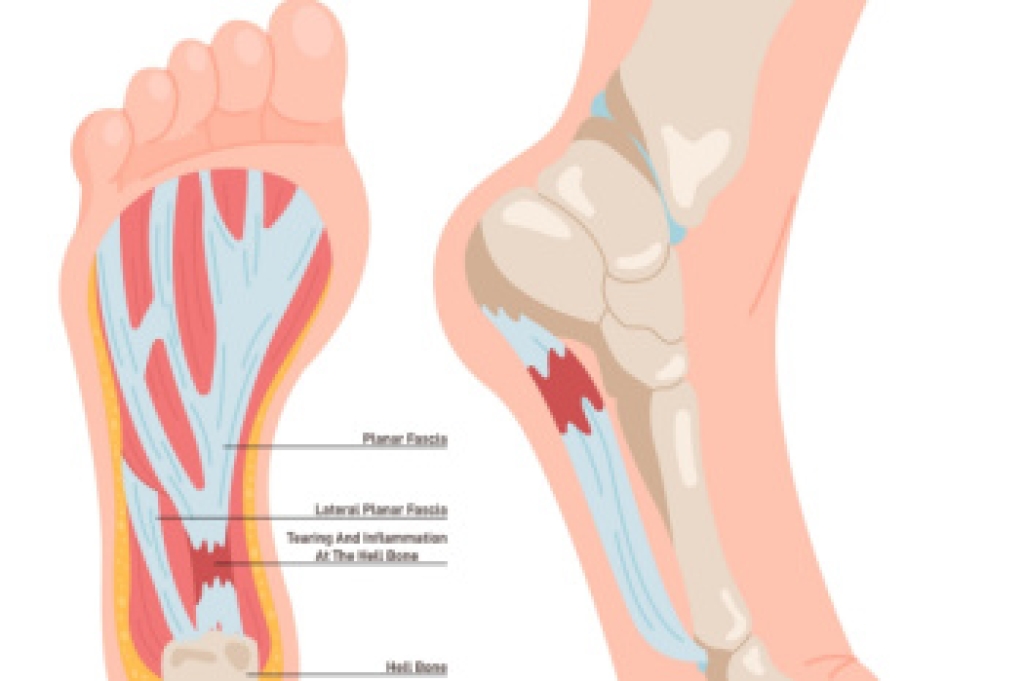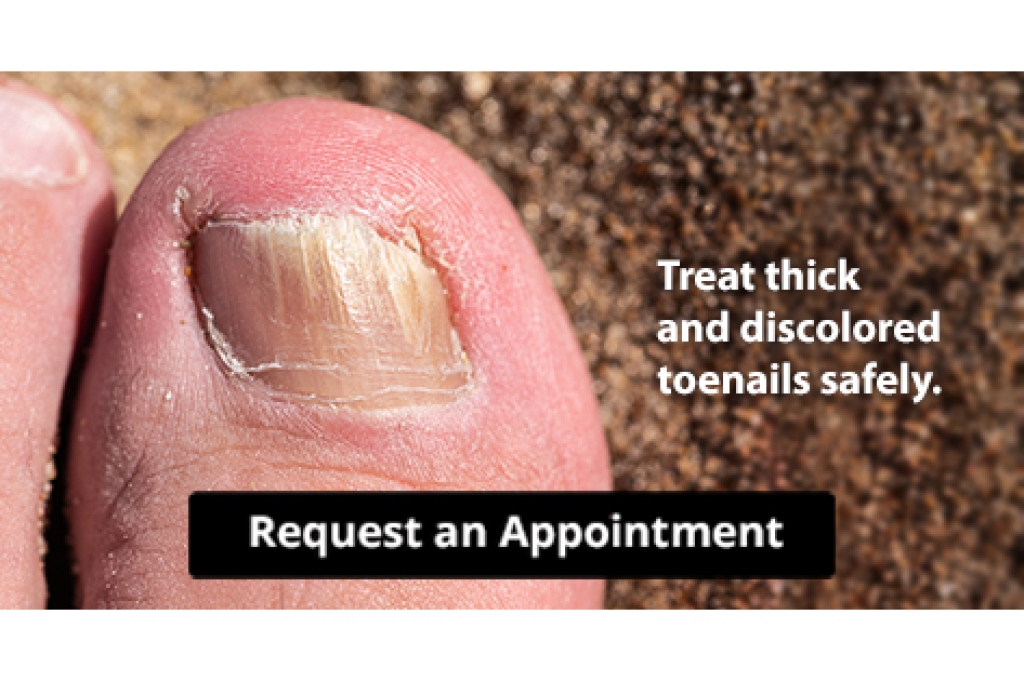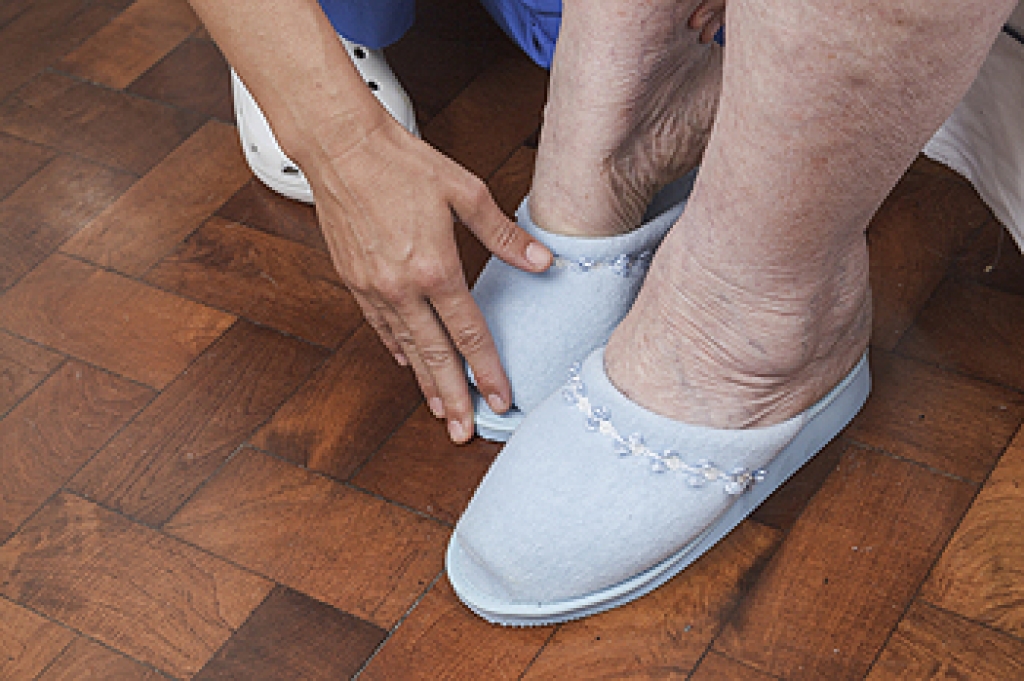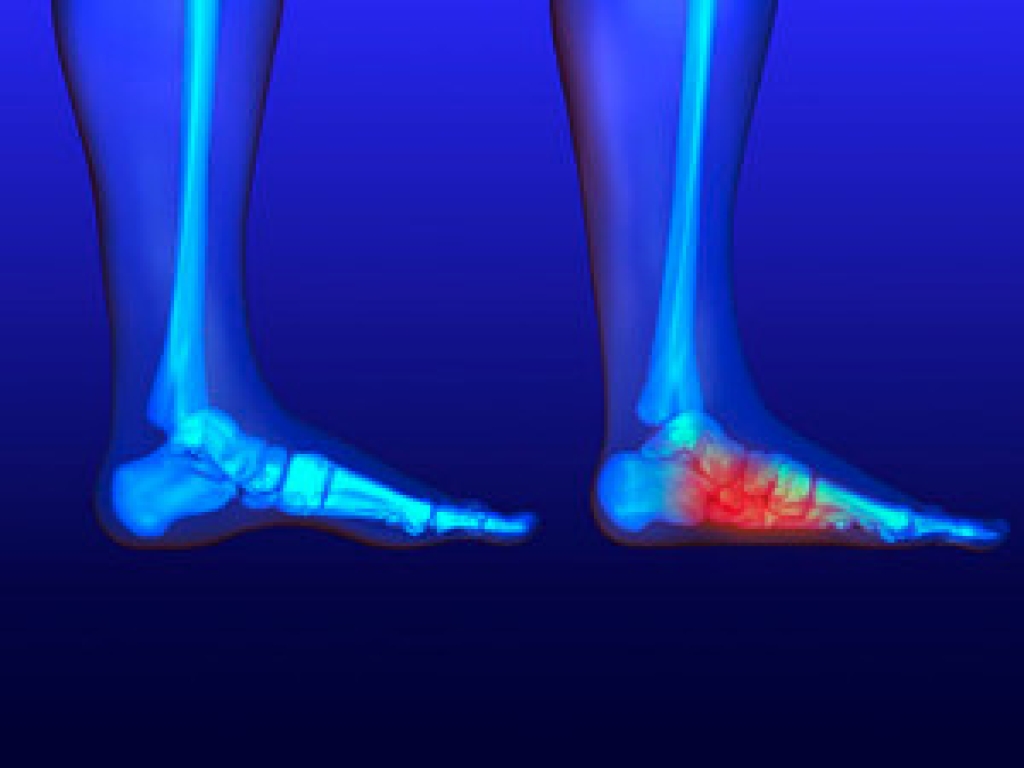
Plantar fasciitis is a common overuse injury that occurs when the plantar fascia, the ligament that runs along the bottom of the foot, is damaged due to repetitive stress. This condition is frequently seen in athletes and those who work on their feet, but can affect anyone. Plantar fasciitis causes heel and arch pain that can range from mild to severe. Treatments for plantar fasciitis will depend on the severity and duration of the symptoms. Resting the affected foot by limiting its movements is usually the first line of treatment. Your podiatrist may recommend avoiding certain sports or prolonged periods of standing. Changing footwear and taking anti-inflammatory medications can reduce pain, swelling, and inflammation. Your podiatrist may also suggest wearing orthotic inserts in your shoes to better support your feet, taping the foot, wearing a night splint, and doing light stretching exercises. Surgery can be considered in severe cases where conservative treatments have failed. If you have pain from plantar fasciitis, it is suggested that you seek the care of a podiatrist.
Plantar fasciitis can be very painful and inconvenient. If you are experiencing heel pain or symptoms of plantar fasciitis, contact Jennifer Swan, DPM from Right Step Foot Care. Our doctor can provide the care you need to keep you pain-free and on your feet.
What Is Plantar Fasciitis?
Plantar fasciitis is the inflammation of the thick band of tissue that runs along the bottom of your foot, known as the plantar fascia, and causes mild to severe heel pain.
What Causes Plantar Fasciitis?
- Excessive running
- Non-supportive shoes
- Overpronation
- Repeated stretching and tearing of the plantar fascia
How Can It Be Treated?
- Conservative measures – anti-inflammatories, ice packs, stretching exercises, physical therapy, orthotic devices
- Shockwave therapy – sound waves are sent to the affected area to facilitate healing and are usually used for chronic cases of plantar fasciitis
- Surgery – usually only used as a last resort when all else fails. The plantar fascia can be surgically detached from the heel
While very treatable, plantar fasciitis is definitely not something that should be ignored. Especially in severe cases, speaking to your doctor right away is highly recommended to avoid complications and severe heel pain. Your podiatrist can work with you to provide the appropriate treatment options tailored to your condition.
If you have any questions, please feel free to contact our office located in Westerville, OH . We offer the newest diagnostic and treatment technologies for all your foot care needs.
 Orthotics
Orthotics


